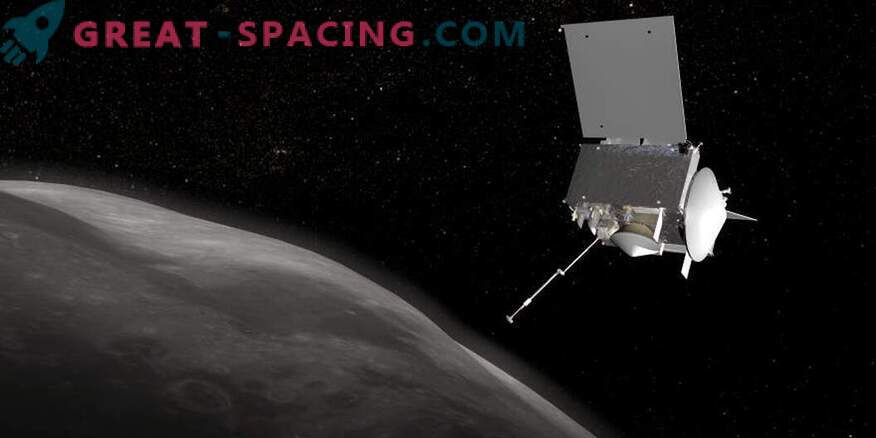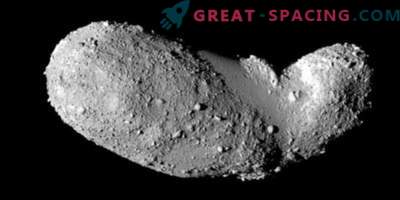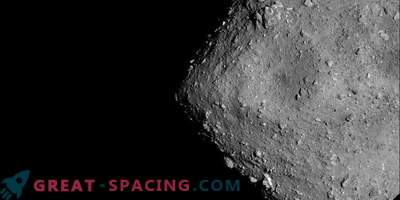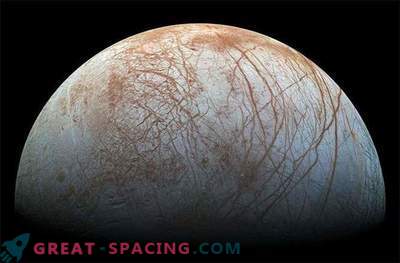
Researchers from Curtin University have obtained new data on asteroid evolution, which may help prevent possible collisions with our planet in the future. The analysis was carried out on tiny particles, delivered from the Itokawa asteroid in 2010 by the Hayabus mission. On board, there were 1500 dust particles, many of which were inferior to the width of a human hair.
Asteroid Itokawa is unusual in its shape - it resembles peanuts. In fact, this is a pile of shrapnel, not a solid rock, which hinted at a turbulent past. It is believed that up to a certain point Itokawa was part of a larger asteroid destroyed by a blow. The main task is to understand when the collision occurred.
The analysis is difficult, since the particles are extremely small. But research helped gas mass spectrometer. Everything suggests that the collision happened 2.1 billion years ago. But other parts hint at a date comparable to the age of the system. From here we come to the conclusion that asteroids are not always destroyed by one particular cataclysm. They are fragmented by medium sized blows. It turns out that Itokawa was already destroyed, but recovered from a pile of debris 2.1 billion years ago. These data are important because they explain not only the mechanisms of functioning of our system, but also help to prevent a possible asteroid threat to the Earth.
The team is set up to analyze samples of the Hayabusa-2 mission, which is to deliver the material to the asteroid Ryugu in 2020.











































